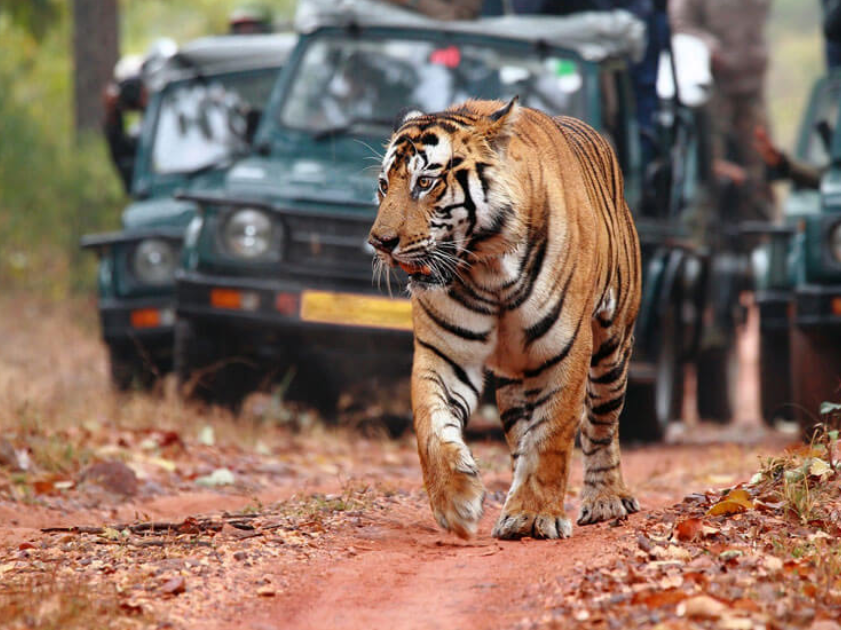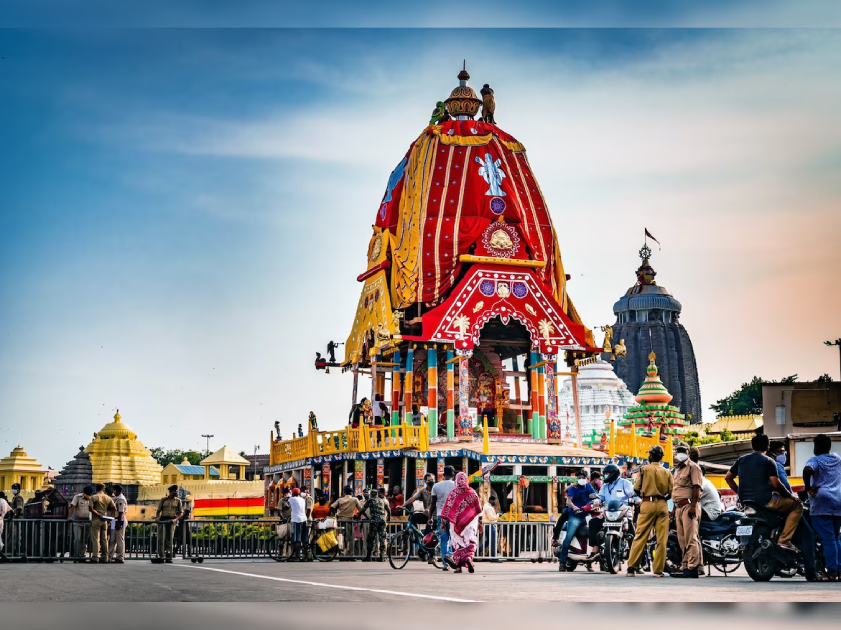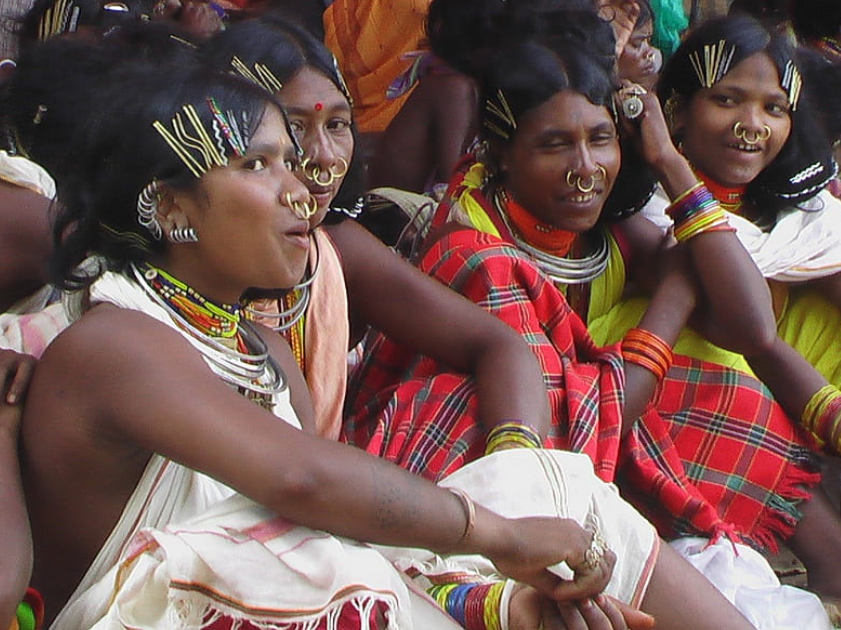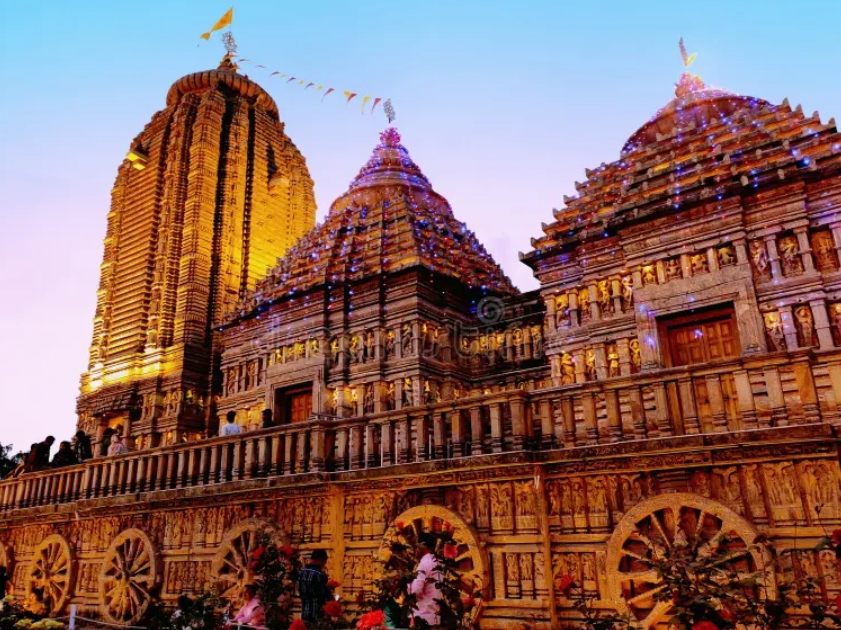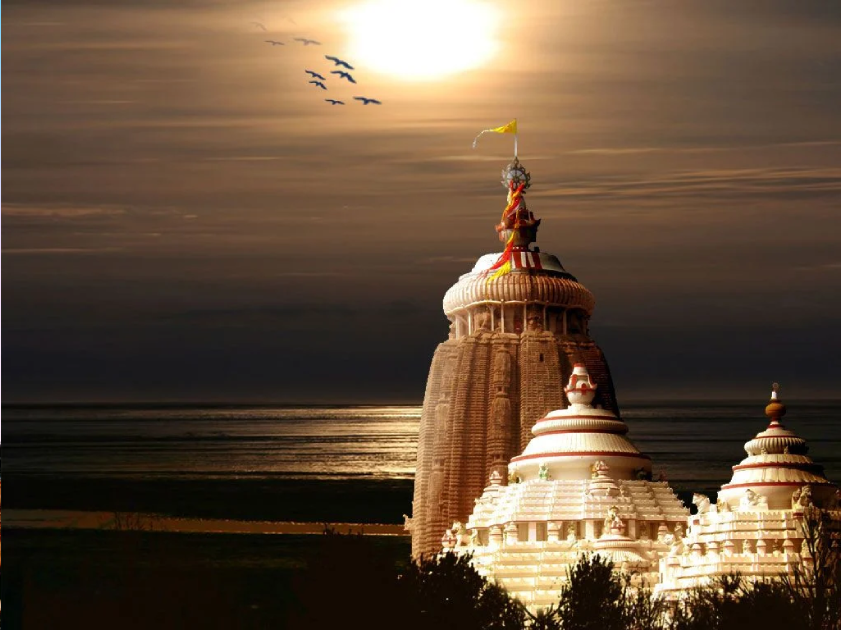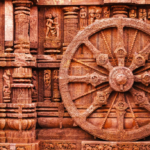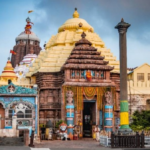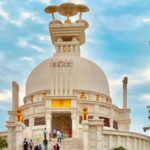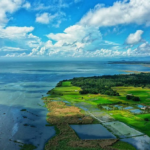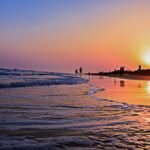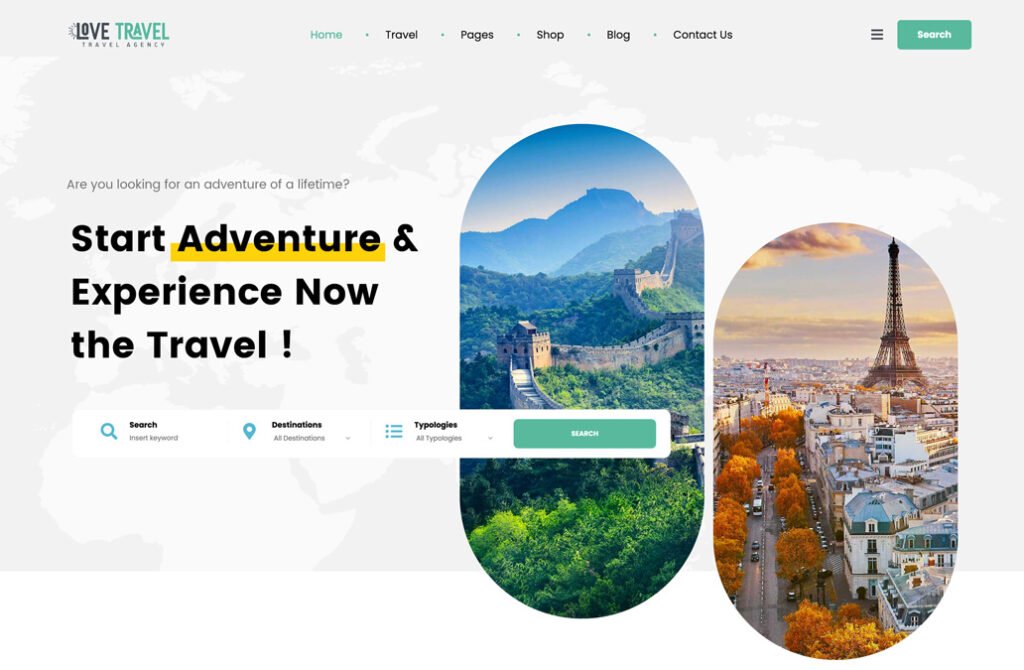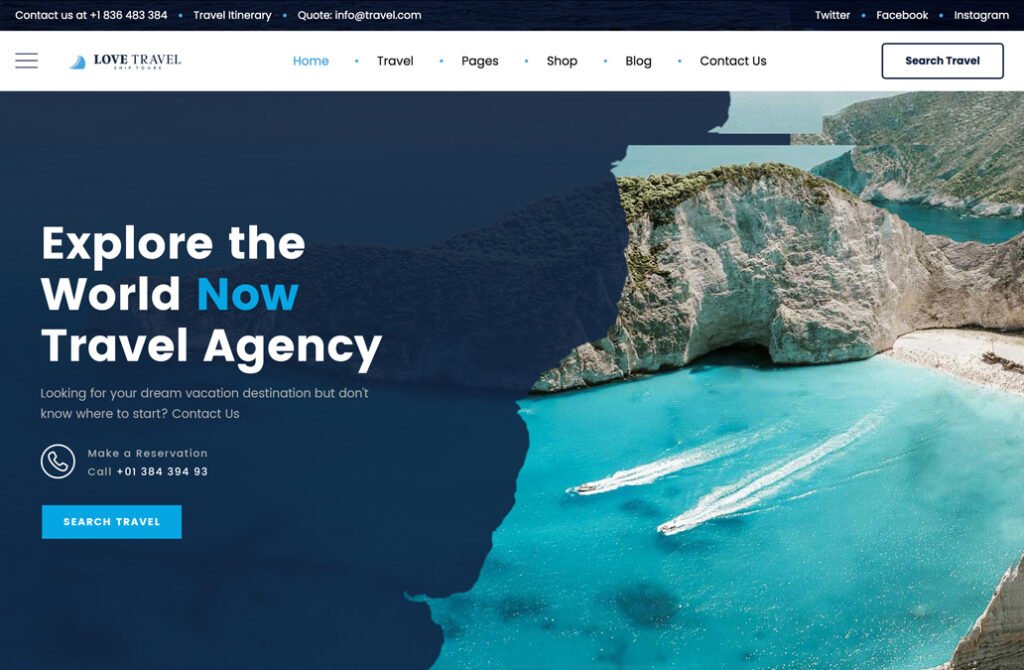There are many different ways for tourists to choose their tour packages in Odisha. For instance, if a tourist has a preference for temples, particularly the ancient Hindu temples that are adorned with exquisite stone carvings, they can select Odisha Temples Tour Packages. Similarly, if a tourist has a preference for tribal areas, they can select Odisha Tribal Tours.
DAY 01 ARRIVE BHUBANESWAR
Depart Bhubaneswar; kind welcome; help and transfer to the hotel. The capital of the ancient kingdom of Odisha (Orissa), Bhubaneswar is renowned as India’s temple city. Traveling across Odisha (Orissa) is a jumble of traditional practices, artwork, and places of residence. A visit of Bhubaneswar’s city center reveals some stunning temples encircling the Bindusagar Tank. Just 500 of the original 7000, which date from the seventh to the eleventh centuries AD, survive. The most notable of these are the late 10th-century exquisitely adorned Muktesvara Temple, which signifies the conclusion of the Odisha (Orissa) temple building era, and the 11th-century Lingaraja Temple, which honors the meridian of Odisha (Orissa) art. Harking around the Udayagiri and Khandgiri caves outside the municipal boundaries transporting us back to the second century BC, when the Jain and Buddhists occupied this area. Among the oldest caves in India are the Jain caves, all of which date back to 150 years before the birth of Christ. The Buddhist caves have beautiful friezes and sculptures that contrast with the simple Jain cave decor. O/n lodging.
DAY 02 BHUBANESWAR – DHAULI – KONARK – PURI
We will make a detour at Dhauli, where the Mauryan king Ashoka embraced the teachings of Buddha and disavowed violence, en route to Konark, which is 75 kilometers away. We go to Shanti Stupa, a Peace Pagoda constructed by the Japanese in the early 1970s. We also pause at two ancient rock decrees that are now obscured by the Pagoda. They describe Ashoka’s precise directives to his administrators to rule with justice and mercy, and they date back to 260 BC. Our next destination is the vibrant village of Pipili, where we can view handicrafts made in Orissa, with the renowned appliqué work being their specialty.
Visit the Sun God temple’s buggy, which was constructed in the 13th century AD during the height of Orissan art, by King Langula Narasimha Deva. This temple is pure poetry in stone and is regarded as one of the greatest pieces of Orissan architecture and sculpture. The Sun God surrounds the temple during the day, illuminating the three brilliant images of the sun – in the morning, midday, and evening as day gives way to night. Every day, the Sun God rises from the prospect, across the shimmering blue waters of the Bay of Bengal, and casts the affection and fluorescence of his revitalizing rays on the sacrarium sanctorum. Coming up from the golden sand beach as you get closer to the water, one of the brightest archaeological finds in the nation, the Surya Mandir (Sun Temple). This temple was a lighthouse for medieval and ancient mariners for a millennium. The building is stunning, even though it is in ruins. The name “Black Pagoda” came from European soldiers who wished to differentiate Konark from the whitewashed Jagannath Temple in Puri. The two-hour travel to Puri occurs in the afternoon. O/n lodging.
DAY 03 PURI
Puri is a well-liked seaside resort and one of India’s four main sacred habitats. It provides the unique opportunity to view the sun set and rise from the same beach. According to pre-Dravidian and pre-Aryan history, a Buddha tooth was first briefly housed at Puri before being transferred to Sri Lanka. The major Puri attraction, the Jagannath Temple, which is devoted to the Lord of the Universe, was once thought to have been a stupa (pagoda), lending credence to the claim that Buddhism predominated in this region. It is said that Jagannath’s unique appearance in this temple represents the incomplete creation of the artisan god Vishvakarma. He abandoned his understanding of the “Lord of the Universe” because he was furious with Vishnu. O/n lodging.
DAY 04 PURI – CHILKA LAKE
We pass through quaint villages and gorgeous scenery on our way to Chilka Lake. In the center of coastal Odisha (Orissa) is Chilka. This lake, which spans 1,100 square kilometers, is the biggest in the nation. Chilka, which is dotted with islets, is a bird watcher’s paradise with a wide diversity of marine life, especially during the winter months when migratory birds come. Here, sunsets and sunrises are truly unforgettable. O/n House Guest.
DAY 05 CHILIKA LAKE – GOPALPUR
We get up early to go to the lake to see the birds and the Kalijai Temple, which is the home of the lake’s presiding god and is situated on a small island. Winter migrations of birds from Iran, Central Asia, and even Siberia are drawn to the lake. Also, we will be able to observe the fisherman at work, who come to this location in quest of crabs, mackerel, and prawns. We travel to Gopalpur-on-Sea, an old seaport that is not frequently frequented by visitors, after breakfast. The little village and the beach are separated by sand dunes, casuarina trees, and coconut palm groves. O/n getaway.
DAY 06 GOPALPUR – TAPTAPANI
After checking in to the hotel in the morning, take a 150-kilometer trip to Taptapani. bloom in the little hot springs in this peaceful village. Water from the hot sulfur springs, found here in a woodland environment, is directed to a swimming pool. Inside the original pool is a temple dedicated to the goddess Kandhi, whose presence is thought to cure infertility. You might also like to go to Chandragiri, which is 36 kilometers distant. There, a community of Tibetan refugees lives and is self-sufficient through carpet weaving. O/n Bungalow Inspection.
DAY 07 TAPTAPANI – RAYAGADA
Tours of Odisha’s Temples and Tribes The third-highest number of tribes may be found in Odisha (Orissa), and due to the vastness of the region in which they reside, these tribes remain unaffected by contemporary lifestyles. Everybody speaks a different language and follows different social and religious norms. The tribal communities have highly developed artistic skills, as seen by their body paintings, decorations, weavings, and wall paintings, despite their economic hardships and extremely low literacy rates. Their ceremonies and seasonal festivities also heavily incorporate dance and music. We will be visiting a couple of these tribal settlements over the course of the next few days. We will make stops in the towns of the Saoras, a significant group that inhabits hilly terrain, throughout today’s 220 kilometer drive. The Saora tribe is different from other tribes in that they are descended from a single ancestor and live in extended families. A religious leader, community shamans (medicine men), and a headman who can speak with deceased ancestors help run the village. The mud buildings are embellished with exquisite murals and traditional patterns on their walls. We will have time to browse the tribal market on Monday as it is this tribe’s market day. O/n lodging.
DAY 08 RAYAGADA – KOTHGARH – RAYAGADA
Our expedition today will take us 180 km into Kothgarh, a tribal region. Kuvi is one of the Dravidian languages spoken by the settlers in Southern India. Their civilization has replaced human sacrifice with animal sacrifice, offering sacrificial blood to their ultimate goddess, represented by a piece of wood or stone, to preserve the fertility of the land. This tribe still uses bows and arrows to protect itself against wild animals. Tuesday is the market day. Return to Rayagada. O/n accommodation.
DAY 09 RAYAGADA – JEYPORE
Travel through Chatikona to Jeypore (250 km/7 hrs), stopping along the way to see a few Dongria Kondh settlements. O/n lodging.
DAY 10 JEYPORE – ONUKUDELLI
The about 6000 members of the relentless Bondas, or “naked people,” who are of Tibetan and Burmese descent, live in the region we are visiting today. They dwell apart from society in secluded hills. Bondas are people who domesticate cows and goats and grow rice through shifting cultivation. They are only seen when they come to trade at the local market. We therefore have to schedule our visit for Thursday, the weekly market day. The Bonda ladies are easily recognized by their brilliant brass and silver necklets, beaded necklaces, and plaits of Palmyra leaves adorning their shaved heads. We will also go to see the vibrant Gadabas, a Munda tribe that speaks a dialect of Australasia. O/n at the Machkund, close to Onukudelli, Inspection Bungalow.
DAY 11 ONUKUDELLI – GUPTESWAR – JEYPORE
a 140-kilometer day trip to Gupteswar to see the caverns, thought to have served as Lord Rama’s haven during his fourteen-year banishment and the location of his Shiva worship. We will stop in a couple Dhuruba settlements along the route. Go back to Jeypore. O/n lodging.
DAY 12 JEYPORE – DELHI
We depart the hotel early today at 0600 hours, driving 210 kilometres in 4 hours to Vishakhapatnam, from whence we transfer to the airport to catch our aircraft to Delhi. Transfer to the international airport late at night.

